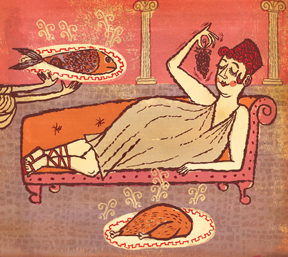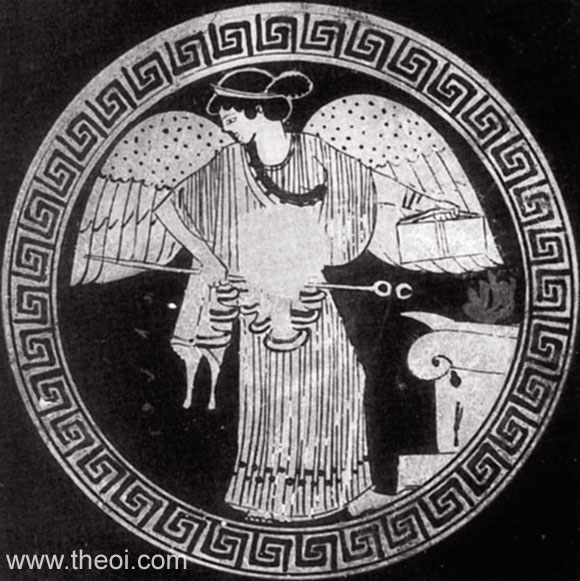From the archives:
Aorta has an uncertain derivation. The first recorded mention of the word was by Hippocrates in the 5th century BC who used it to describe the trachea and its branches. Given the windpipe’s function, the term may have come from combination of the Greek aer (air) and tepeo (to hold).
Though he also subscribed to the Greek convention that arteries carried air, Aristotle, in the 4th century BC, was the first to apply the word to the vessel it is associated with today, inspired perhaps by a fancied resemblance to the arched sheath of an aorta, a large Greek knife with a curved handle.
Another candidate for Aristotle’s inspiration: aortemei, a Greek word meaning "suspend" (from aorter, a Grecian shoulder strap that things were hung from). Given all the blood vessels that branch to the viscera from the aorta, one can see how it may resemble a strap of sorts suspending the heart, kidney, stomach, and intestines.Or it could it could be all of these; surely Aristotle loved puns just as much as the next guy.









